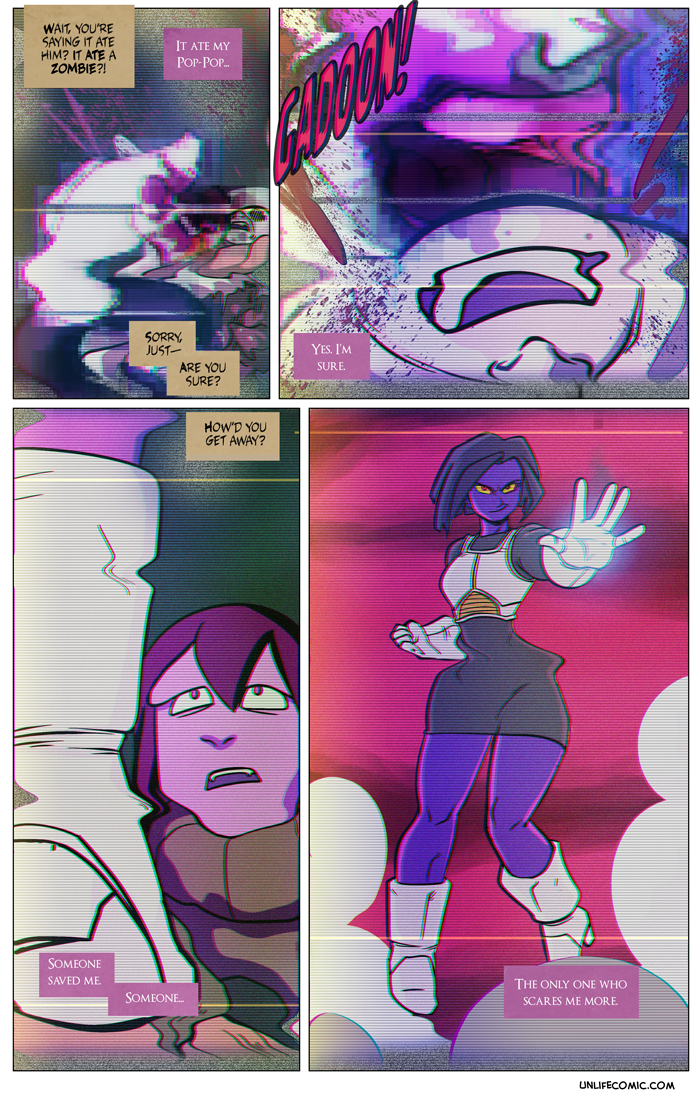The world is a tricky place (or, if you believe Billy Corgan, a vampire). As I remember every time I review my own writing, the chasm between intent and effect is one of the most discouraging things about trying to communicate. It makes itself known in everyday life, but it can be exponentially worse when cultural differences come into play. This can be as life-and-death serious as war, or as seemingly frivolous as children’s entertainment. But considering how much more the latter influences me, as well as most people, I think it’s worthy of a closer look.
Japanese anime has always “stood out” to my senses, much more dynamic and engaging than American cartoons. In a great many way, anime “scarred me” at an early age; nothing else lived up to it, could match that hype and energy. Most people didn’t understand me as a kid as I waxed poetic about DBZ, Outlaw Star, Cowboy Bebop, and so many others; they smiled and nodded, but never “got it”. As an adult, I thought, maybe I could bridge that gap for children. And to an extent, I have. But some bridges are more easily built than others.
On a Saturday when I wasn’t feeling especially like an adult, Jena and I went to Grand Central, where Tamashii Nation was celebrating their new line of toys with a Dragon Ball themed event. As expected, the anime obsessed child re-emerged. And it was awesome.


Like most of these events, this one was awash with promotional freebies – including the first issue of Dragonball. Immediately envisioning handing out copies at school, opening a door for other children looking for that same anime thrill, I snatched a handful of them…
It wasn’t until I got home that I realized that I couldn’t give out a single one without definitely being fired.
Dragonball is definitely a kids’ book, but it’s a Japanese kids’ book. The content is not titillating, nor inappropriately violent. It’s all in good fun. That said, I would like to list some of the things that happen in this short issue.
- Goku, a 12-year-old at this point, drop kicks a fish while naked. Multiple panels deliver uninterrupted shots of his penis.
- Bulma, a 16-year-old, shoots Goku in the head at point-blank range with a handgun.
- In an attempt to relieve Goku of his last memento of his grandfather, Bulma offers to flash him. Again: she is 16, he is 12.
- After Goku saves her life, Bulma screams and pees herself. It’s shown in graphic detail. This panel is how the issue ends.
I am not here to pass judgement on any of the above – I just want to point out that all of the above is beyond the pale in this country, but beyond prosaic in Japan. This comic was and is marketed to kids. It’s been around since 1984, and 33 years later, it’s no more scandalous to Japanese sensibilities, nor the Dragon Ball canon (I mean, tell me that shit with Mai and Trunks isn’t just a teensy bit sketchy). You might be thinking that this is all sorts of weird, and I’m not going to say I disagree. But my point is that, even now, this comic is mass produced in Japan, handed out for free as an adventure aimed at kids. And you would be destroyed for attempting to depict a fraction of this in America, much less give it away to children, intent be damned.
One last time, it’s important to stress that this blog post isn’t about what is and is not appropriate for children. It’s about cultural differences through the lens of childhood: what each culture has established as norms, as appropriate and inappropriate for its children, and how radically different they are. Anime in particular has a way of playing fast and loose with rules of nudity, sexuality, and mature content in a way that American cartoons don’t. And a lot of that plays into the wider culture that produces these forms of entertainment. We don’t even need to point at Japan’s incredibly problematic pornography subculture and low birthrate or America’s weird brand of slutty puritanism and onanistic violence to make this point. Neither culture produces children’s books to shock or make any grandstanding point. It’s just entertainment (though I know a great many politicians that would label it as “corruption”).
I’ve mentioned in the past that what I got into was Dragon Ball Z, not Dragon Ball. This is a different brand of content than what I fell in love with. This conversation about culture and the varying impacts on impressionable young children is one worth having. But even if, one day, I really feel like I have a grasp on it…
I don’t think I’ll be sharing these comics.
 /*
/*




